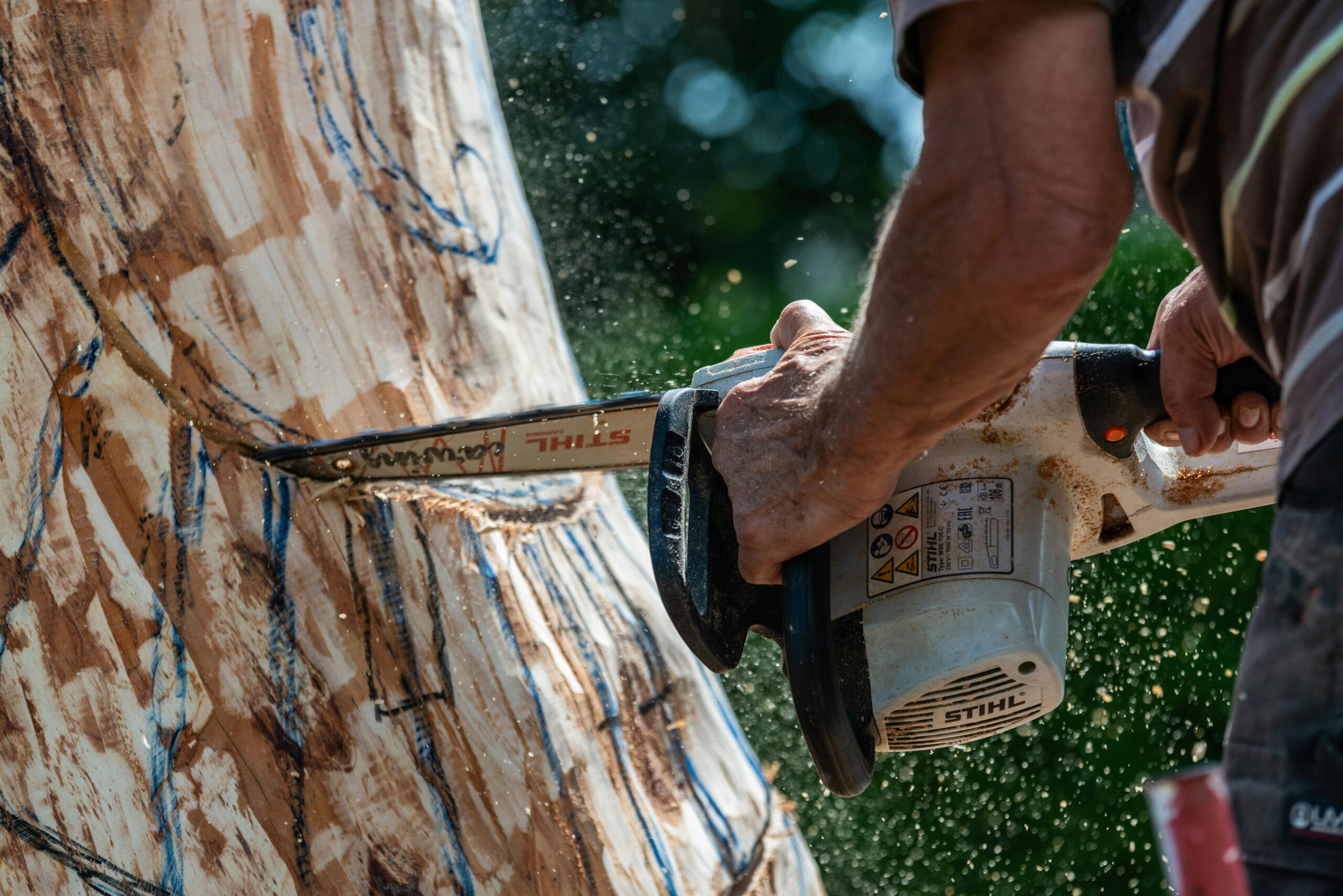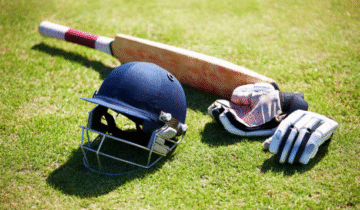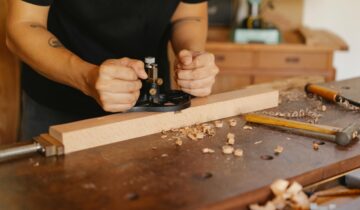Cricket bats are iconic in the cricketing world—but what about the environmental cost behind each one? As the demand for premium English willow bats grows, understanding the sustainability impact of tree cutting is crucial for players, manufacturers, and cricket enthusiasts.
Willow trees don’t just provide the raw material for bats—they are environmental powerhouses. Willow roots prevent soil erosion, recharge groundwater, support biodiversity, and stabilize riverbanks. If not managed responsibly, removing mature trees can harm local water cycles and soil health.
Unchecked deforestation or overharvesting leads to depletion of willow populations, threatens local ecosystems, and disrupts wildlife habitats. This is currently seen in crisis zones like Kashmir, where unsustainable practices have led to a steep decline in willow trees, threatening both livelihoods and heritage.
Fortunately, willow trees are relatively fast-growing and can be a renewable resource if planted and harvested in cycles. Best practices include staggered planting, working with forestry experts, replanting at the rate of extraction, and applying for felling licenses that require environmental impact assessments.
Sustainable cricket bat production is possible when manufacturers, landowners, and consumers work together:
Support brands that plant two trees for every one cut
Choose products from companies with transparent supply chains
Join or support reforestation initiatives in your community.
Conclusion
The future of cricket and our planet go hand in hand. By supporting eco-friendly manufacturing and reforestation, cricket lovers can ensure that the willow legacy survives for generations.

The future of cricket and our planet go hand in hand. By supporting eco-friendly manufacturing and reforestation, cricket lovers can ensure that the willow legacy survives for generations.













 No products in the cart.
No products in the cart.